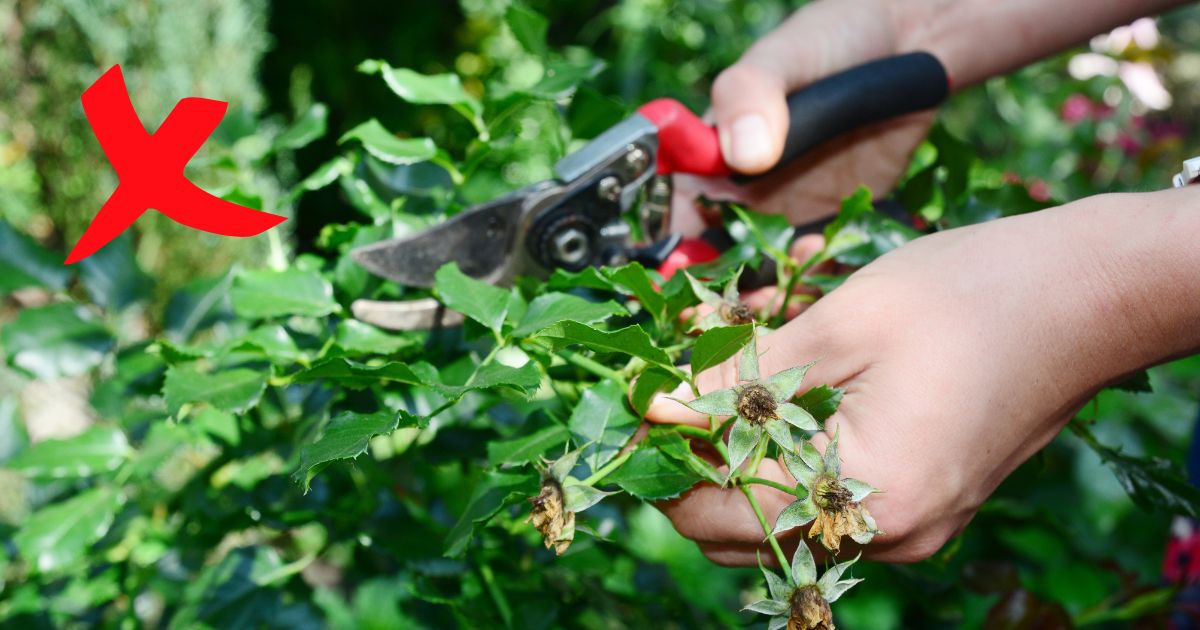Deadheading is a common gardening practice, but it’s not always beneficial for every plant.
Some plants thrive when their spent blooms are left alone.
Here are 14 plants that you should never deadhead, allowing their natural beauty and growth cycle to flourish.
1. Hydrangea
Known for their stunning clusters of flowers, hydrangeas often benefit from leaving their blooms intact.
The drying flowers add winter interest and can protect next year’s growth.
2. Hellebore
Hellebores, or Lenten roses, have flowers that age beautifully, changing color and often forming seed pods.
These plants self-seed, offering natural propagation opportunities.
3. Astilbe
Astilbe’s feathery blooms fade to a beautiful rust color that provides interest throughout the fall and winter months.
Deadheading can hinder their ability to spread.
4. Coneflower (Echinacea)
Coneflowers develop seed heads that attract birds like goldfinches.
Leaving the spent flowers not only feeds wildlife but also reseeds the garden naturally.
5. Black-eyed Susan
These cheerful flowers produce seeds that are a food source for birds.
Deadheading can remove this vital food supply and reduce reseeding.
6. Sedum
Sedums like ‘Autumn Joy’ offer beautiful dried flower heads that add structure to the garden.
They require minimal care and thrive when left alone.
7. Lupine
Lupines can self-seed prolifically, creating natural drifts of flowers.
Leaving the seed pods allows them to spread and enhance their environment.
8. Clematis
After blooming, clematis develops attractive seed heads that add texture and visual interest.
Deadheading can disrupt their natural beauty.
9. Peony
Peonies develop attractive seed pods that can add interest to the garden and provide seeds for propagation.
10. Milkweed
Essential for monarch butterflies, milkweed seed pods burst open to spread seeds naturally.
Deadheading can harm butterfly populations.
11. Lavender
While often deadheaded for aesthetics, allowing lavender to form seeds can help it naturalize in your garden.
12. Allium
Alliums produce striking seed heads that look great in the garden and can also be used in dried flower arrangements.
13. Joe-Pye Weed
This late-summer bloomer provides seeds that are a favorite of many birds.
Leaving the seed heads ensures a food source during the colder months.
14. Yarrow
Yarrow’s flat flower heads dry beautifully on the plant, adding winter interest and allowing self-seeding to occur.














